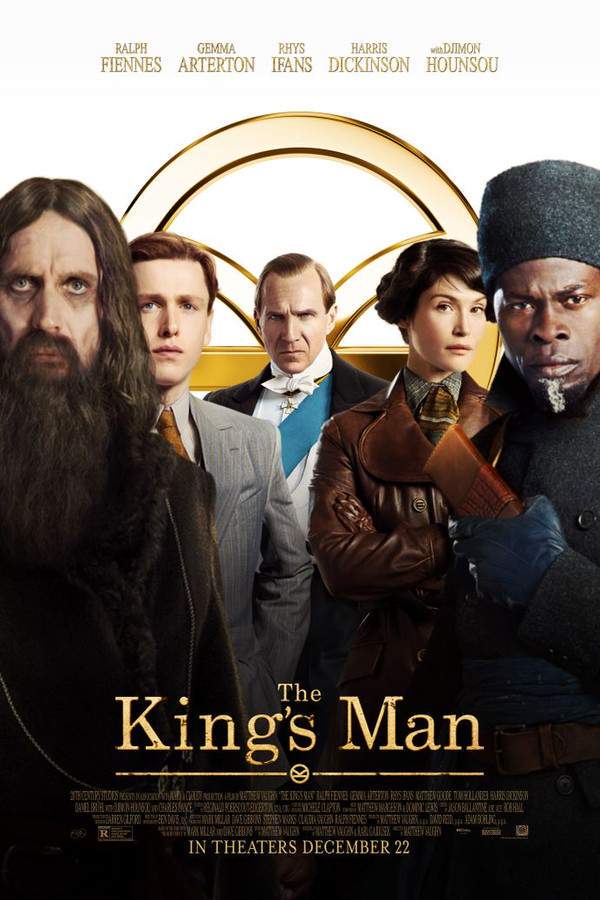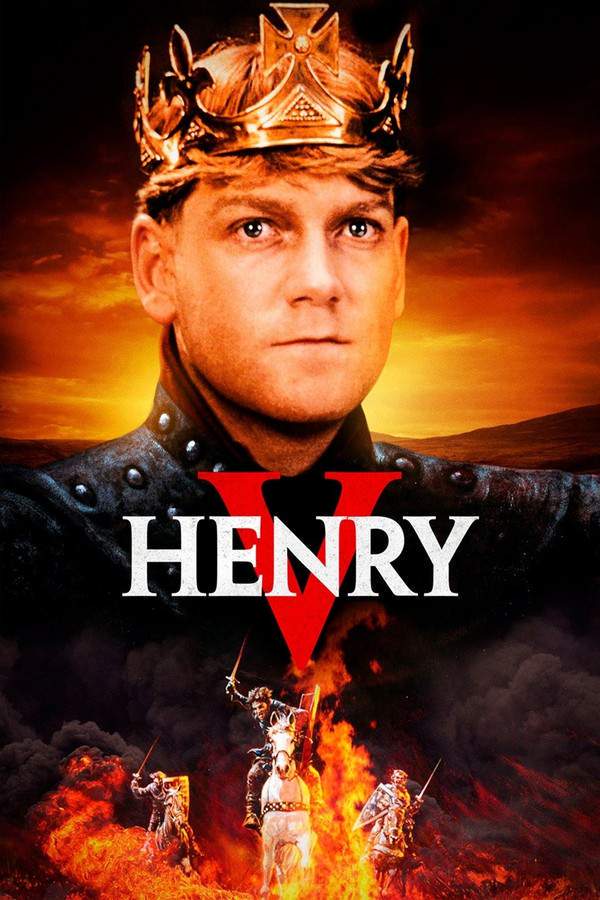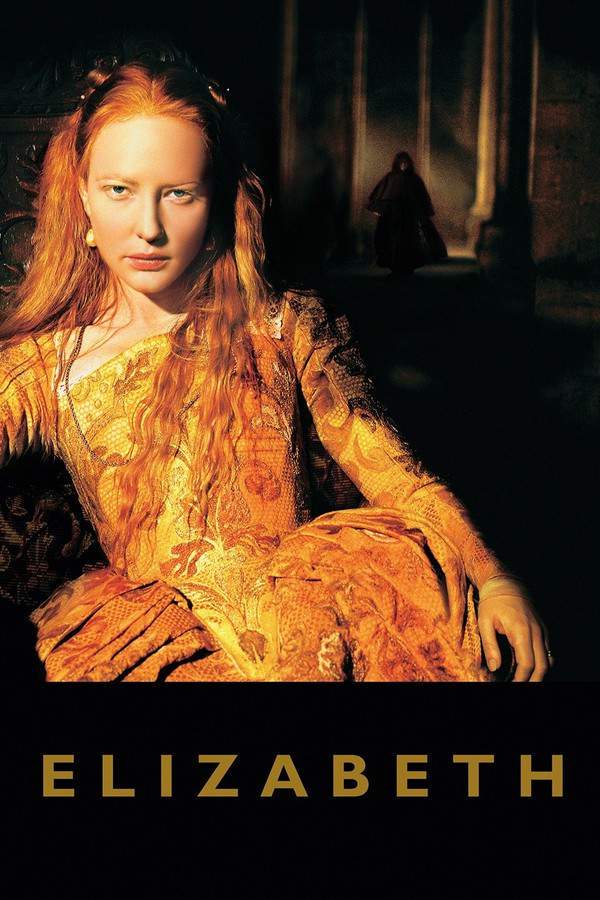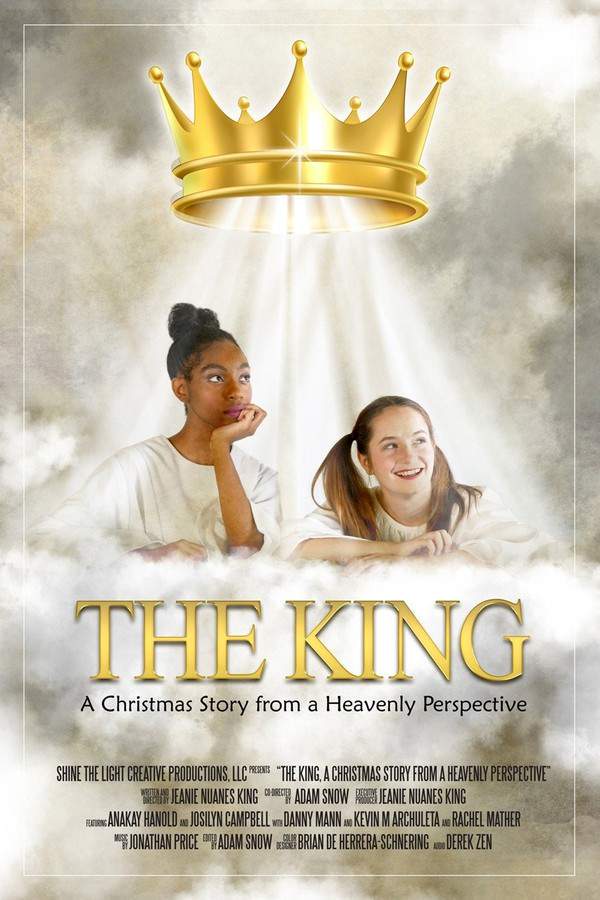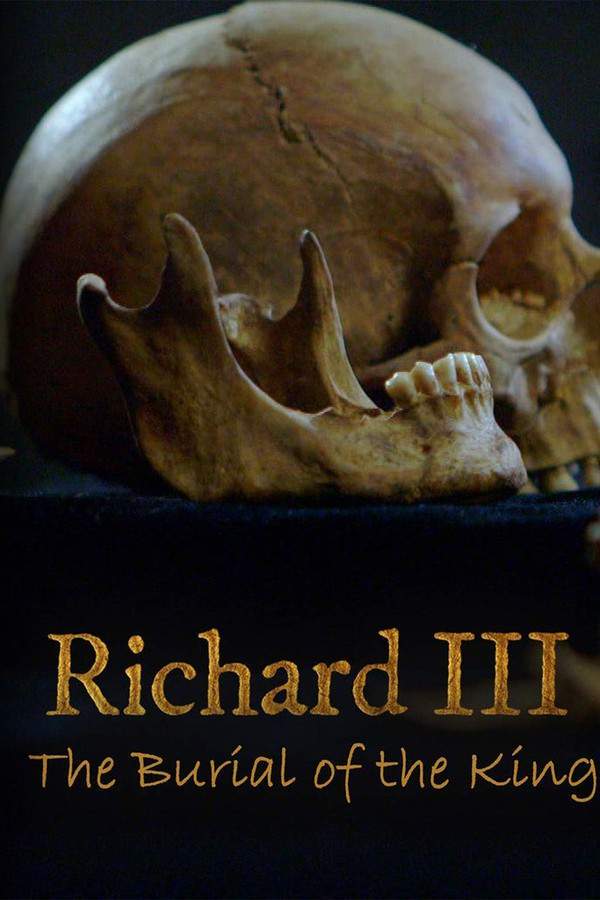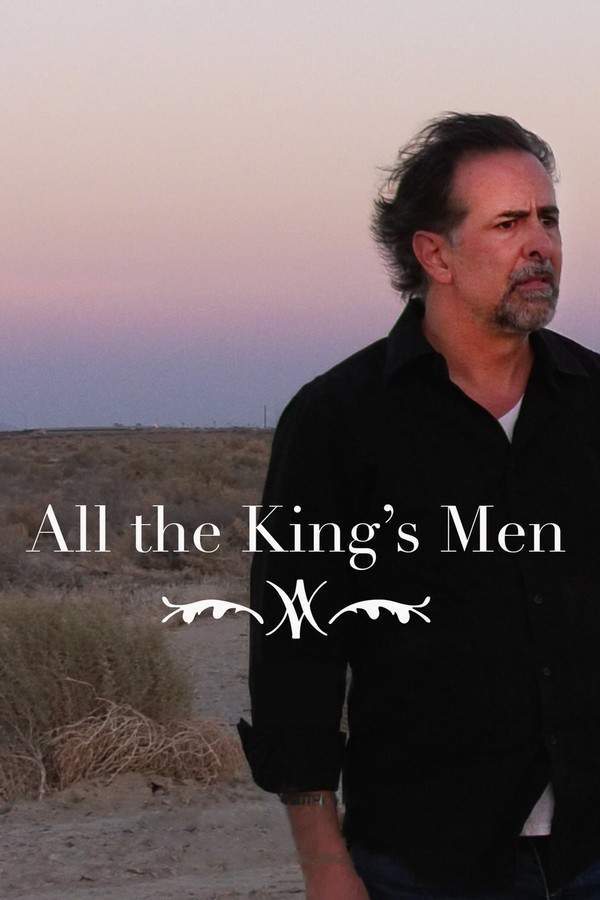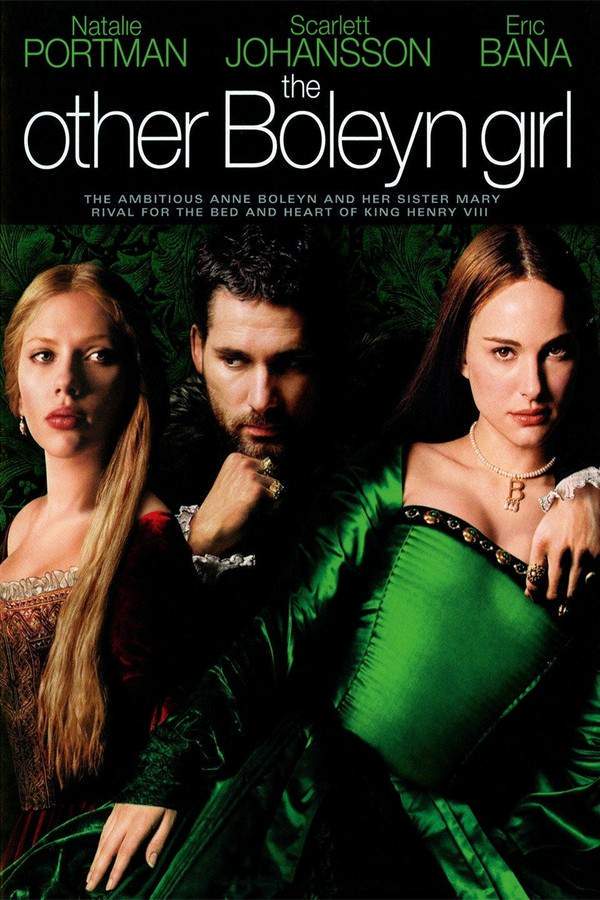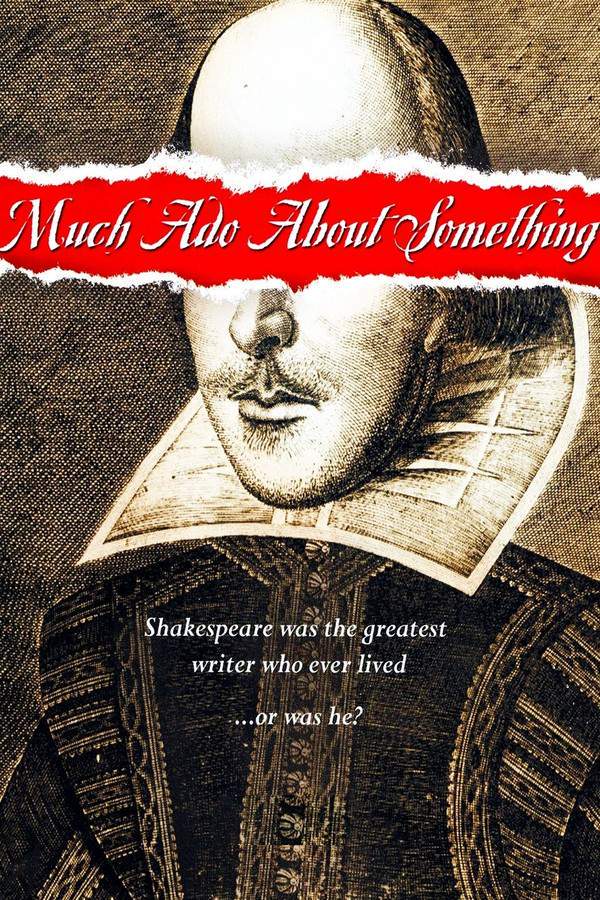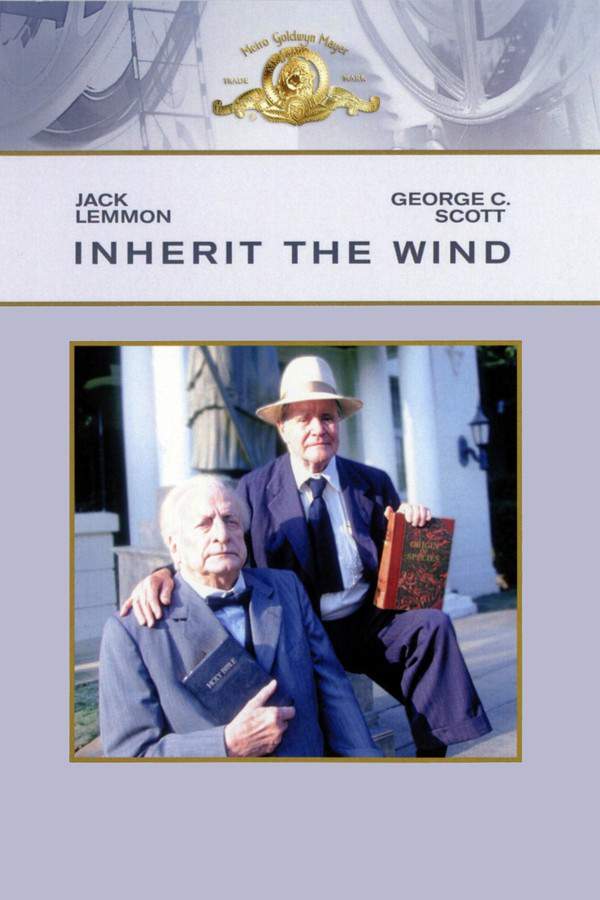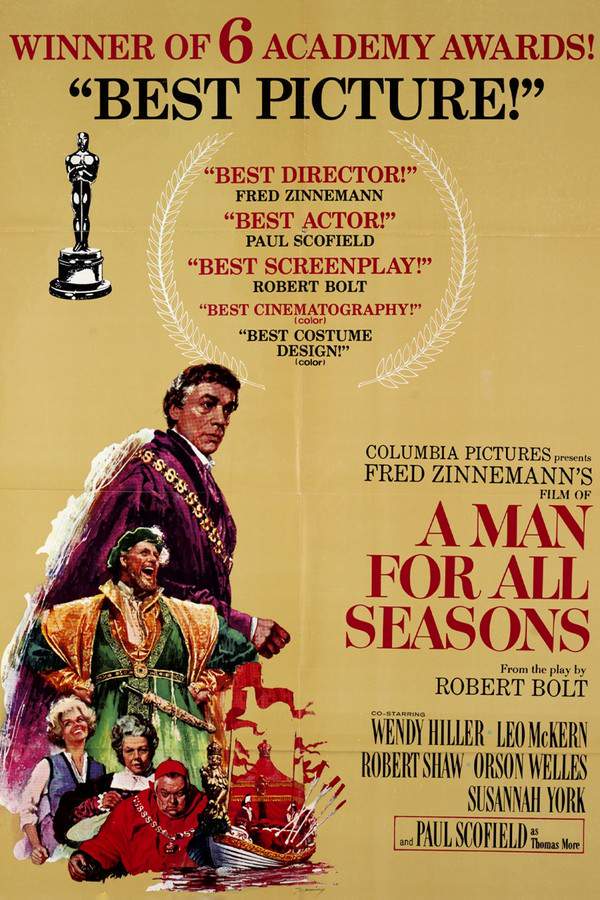
A Man for All Seasons
Year: 1966
Runtime: 120 min
Language: English
Director: Fred Zinnemann
During the reign of King Henry VIII, the steadfast Sir Thomas More finds himself at odds with the ambitious monarch who seeks to annul his marriage. More's deep religious convictions lead him to defy the King's demands, triggering a tense conflict that challenges the foundations of the royal court. Faced with immense pressure to compromise his beliefs, More must choose between personal safety and his unwavering principles, ultimately risking everything for his conscience.
Warning: spoilers below!
Haven’t seen A Man for All Seasons yet? This summary contains major spoilers. Bookmark the page, watch the movie, and come back for the full breakdown. If you're ready, scroll on and relive the story!
Timeline & Setting – A Man for All Seasons (1966)
Explore the full timeline and setting of A Man for All Seasons (1966). Follow every major event in chronological order and see how the environment shapes the story, characters, and dramatic tension.
Last Updated: October 22, 2024 at 19:37
Main Characters – A Man for All Seasons (1966)
Meet the key characters of A Man for All Seasons (1966), with detailed profiles, motivations, and roles in the plot. Understand their emotional journeys and what they reveal about the film’s deeper themes.
Last Updated: October 22, 2024 at 19:37
Major Themes – A Man for All Seasons (1966)
Explore the central themes of A Man for All Seasons (1966), from psychological, social, and emotional dimensions to philosophical messages. Understand what the film is really saying beneath the surface.
Last Updated: October 22, 2024 at 19:37
Unlock the Full Story of A Man for All Seasons
Don't stop at just watching — explore A Man for All Seasons in full detail. From the complete plot summary and scene-by-scene timeline to character breakdowns, thematic analysis, and a deep dive into the ending — every page helps you truly understand what A Man for All Seasons is all about. Plus, discover what's next after the movie.
A Man for All Seasons Summary
Read a complete plot summary of A Man for All Seasons, including all key story points, character arcs, and turning points. This in-depth recap is ideal for understanding the narrative structure or reviewing what happened in the movie.

A Man for All Seasons Timeline
Track the full timeline of A Man for All Seasons with every major event arranged chronologically. Perfect for decoding non-linear storytelling, flashbacks, or parallel narratives with a clear scene-by-scene breakdown.

Similar Movies to A Man for All Seasons
Discover movies like A Man for All Seasons that share similar genres, themes, and storytelling elements. Whether you’re drawn to the atmosphere, character arcs, or plot structure, these curated recommendations will help you explore more films you’ll love.
Explore More About Movie A Man for All Seasons
A Man for All Seasons (1966) Plot Summary & Movie Recap
A Man for All Seasons (1966) Scene-by-Scene Movie Timeline
A Man for All Seasons (1966) Spoiler-Free Summary & Key Flow
Movies Like A Man for All Seasons – Similar Titles You’ll Enjoy
All Is True (2018) Plot Summary & Ending Explained
The King (2019) Plot Summary & Ending Explained
Henry V (1989) Detailed Story Recap
Elizabeth (1998) Full Movie Breakdown
The King (2018) Ending Explained & Film Insights
Richard III (1956) Film Overview & Timeline
Lady Jane (1986) Ending Explained & Film Insights
Richard III (1995) Movie Recap & Themes
All the King's Men (2006) Movie Recap & Themes
The Other Boleyn Girl (2008) Detailed Story Recap
Much Ado About Something (2002) Full Movie Breakdown
Churchill (2017) Film Overview & Timeline
Restoration (1996) Full Movie Breakdown
Elizabeth: The Golden Age (2007) Detailed Story Recap
Inherit the Wind (1960) Spoiler-Packed Plot Recap




